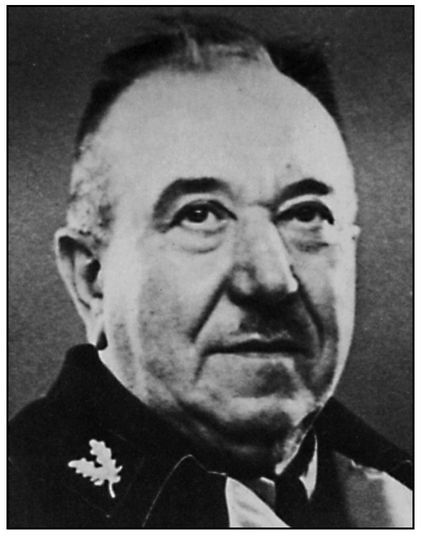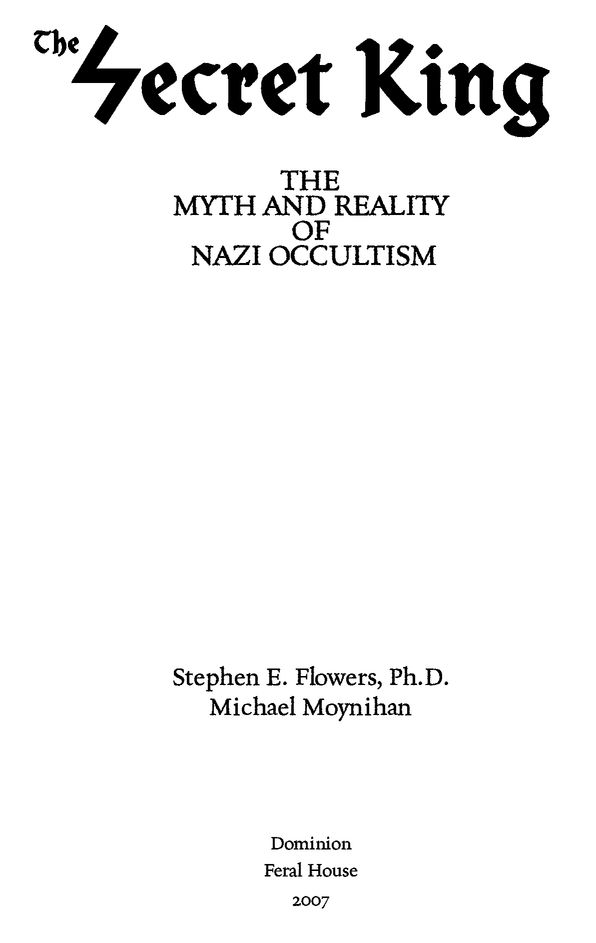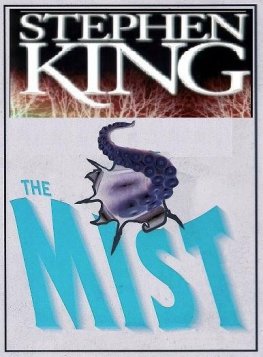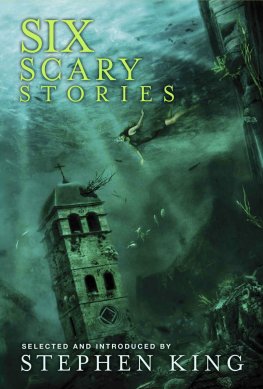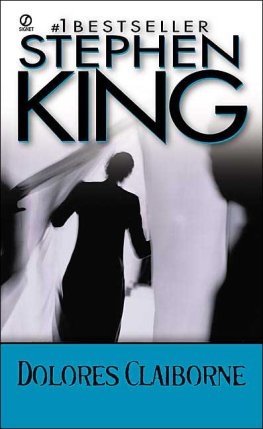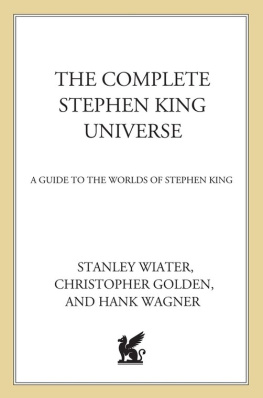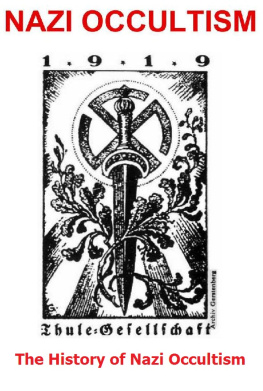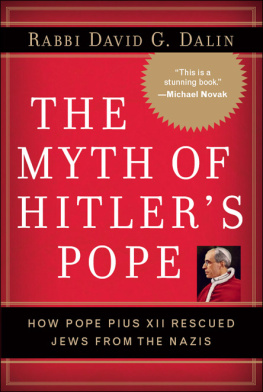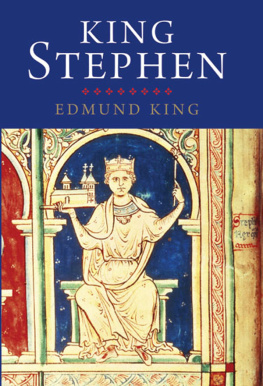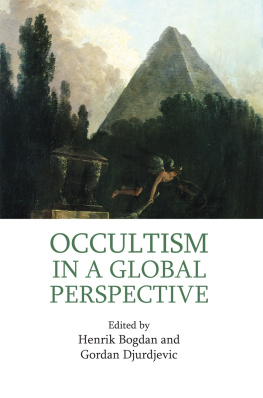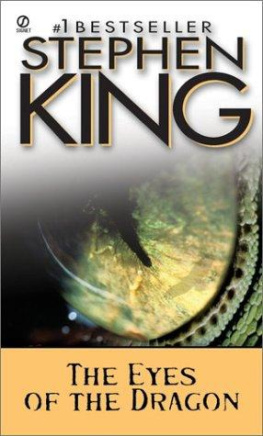Table of Contents
Karl Maria Wiligut
ABBREVIATIONS
AO = Armanen Orden (Armanen Order)
NSDAP = Nationalsozialistische deutsche Arbeiterpartei (National Socialist German Workers Party/ Nazi Party)
OE = Old English
ON = Old Norse
ONT = Ordo Novi Templi (Order of the New Templars)
SS = Schutzstaffel (lit. protection-squad)
PREFACE TO THE NEW EDITION
The present volume is a revised and expanded edition of The Secret King: Karl Maria Wiligut, Himmlers Lord of the Runes which was jointly published in 2001 by two small presses, Dominion and Rna-Raven, in both a limited (and now much-sought-after) hardcover edition as well as a trade paperback edition. With no advertising and no publicity to speak of, the book sold in the thousands. This is a testament to the ever increasing interest in a topic that has too often been dealt with in the most irresponsible and unscholarly ways.
When the time was due for another reprinting of the original book, we decided that it would be preferable to revise and expand it. Although this new edition is being issued simply as a co-authored work, each of us took on certain duties that were in keeping with our strengths and experience. Therefore, much of the credit for translation goes to Stephen Flowers and much of the credit for editing to Michael Moynihan. We feel the results are demonstrably superior to what any exclusively individual effort might have been, had either of us chosen to go it alone. We would also like to acknowledge the contributions of researcher Manfred Lenz, who conducted a fascinating interview by correspondence with Gabriele Dechend, Wiliguts former secretary, and Annabel Lee, who faithfully translated this into English. Joshua Buckley was kind enough to read over the new material for this edition and offer helpful suggestions. We have also corrected a number of minor errata from the earlier edition.
For all the notoriety of the early twentieth-century German Ariosophy movement as an occult predecessor to National Socialism, only one major literary work from the genre has ever been made widely available to English-speaking readers. This is Guido von Lists The Secret of the Runes, which also has been translated and introduced by Dr. Flowers. The dearth of publications is not likely due to conspiracy or oversight, but more so to the fact that the original German textual material is extremely scarce. A further obstacle arises from the typical writing style of the authors themselvesa style which Flowers has described as devilishly difficult due to its arcane idiosyncrasies. This aspect alone would deter most translation attempts by the uninitiated.
A veritable cottage industry exists for lurid books on Nazi occultism. Nevertheless, few people have ever had the opportunity to assess real source documents of this natureand it is clear that most of the authors of the pulp histories certainly made no effort to do so! The present edition offers both scholars and interested general readers a rare chance to expose themselves to the mystical writings of the important ariosophical figure who has been called Heinrich Himmlers Rasputin.
Along with the fantastical tales of Nazis and the occult, claims are also often made regarding the pagan agenda of the Third Reich. Since both assertions are often intertwined with one another, the new material in the introduction directly addresses these issues.
The original idea for a volume of Karl Maria Wiliguts writings was conceived by Michael Moynihan in the early 1990s. An initial period of time was spent simply locating copies of the relevant texts. Once a comprehensive selection of material had been assembled, the collaboration with Dr. Flowers was secured due to his expertise in this area. In the final years of the project the translations were completed, arranged, and augmented with a detailed introduction and supplementary appendices. Every section of the book has been updated for this new edition.
A growing interest in the subject of Karl Maria Wiligut has, in the meantime, brought other important works into existence. A diligent researcher named Hans-Jrgen Lange has produced the volume Weisthor, which is an impressive collection of facsimile German documents concerning Wiligut. Another notable book that sheds light on his role in the SS is Himmlers Camelot: The Wewelsburg, Ideological Center of the SS, 1934-1945 by Stephen Cook and Stuart Russell. This edition provides a wealth of photographic documentation, almost all of it unavailable elsewhere.
It is our hope that the present volume will likewise contribute to a greater understanding of the fascinating figure of Karl Maria Wiligut, and of the tumultuous era in which he lived.
Stephen E. Flowers
Michael Moynihan
Autumnal Equinox, 2007
ON THE ARRANGEMENT AND PRESENTATION OF THE TEXTS:
I have endeavored to present Wiliguts writings in a similar manner to how they would have been seen by their original readers. Bracketed insertions are occasionally given for definitions, or to cite uncommon words and usages from the original German. The numbered notes to the texts are from either Dr. Flowers or myself. Any other notes (which generally are not numbered, with the exception of the runic references on p. 95) are part of the original articles. We have adhered to the original documents closely and thus some inconsistencies will be apparent, such as the use of diacritic marks in the Nine Commandments of Gt. The texts are arranged chronologically, with two major exceptions. These are Wiliguts Halgarita Charms and his Gotos-Kalanda poetic cycle (which has been newly translated and published here for this first time in this form). We have placed these particularly cryptic compositions at the end of the Texts section in hopes that they may be more comprehensible if the reader has first examined his other writings.
I have set Wiliguts poetic works in a Fraktur-style typeface which is reminiscent of how they originally appeared in the ariosophical journal Hagal. Hopefully this will provide a bit of additional atmosphere for these, his most curious works, especially since their rhyming pattern has not been carried over to the English versions. The runes, symbols, and other accompanying diagrams have been reproduced to accurately reflect how they appeared in the original articles.
M. M.
The Myth and Reality of Nazi Occultism
Stephen E. Flowers and Michael Moynihan
In the early years of the Second World War there was widespread speculation that Adolf Hitlerand, by extension, the whole National Socialist movement that he foundedsubscribed to a pagan religious worldview, or worse, was in league with the Devil himself. Such speculations and claims have only increased in their quantity and visibility since the end of the war. While they may differ in detail, most of these characterizations agree on one thing: the Nazis were anti-Christian. Typically tied in with such speculations is the idea that Nazism was linked to the occult, although the latter term is rarely defined. This leaves it up to the reader to fill inwith personal prejudices, fears, or hopesjust what, exactly, this occultism implies.


